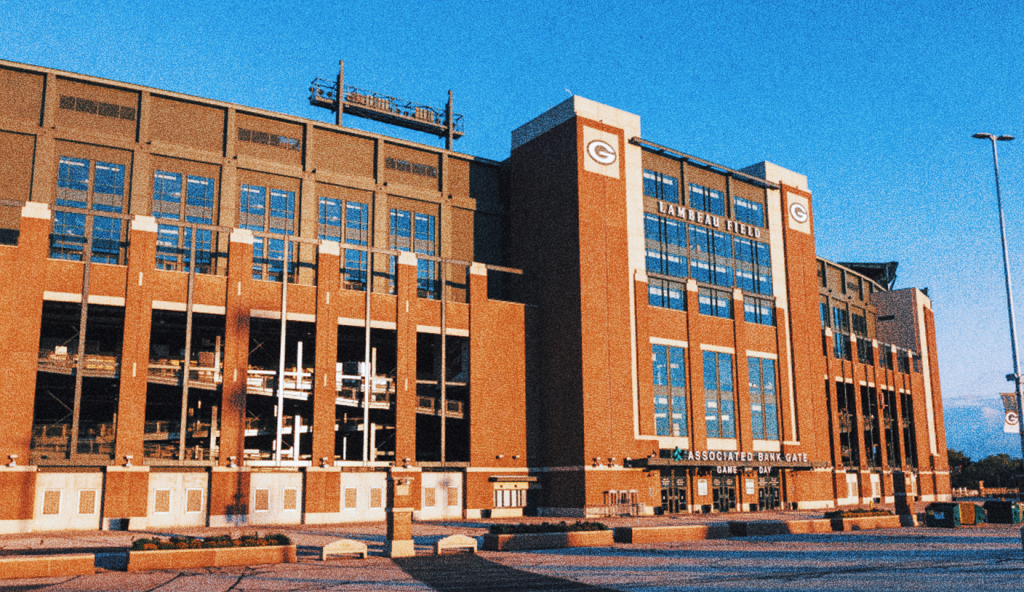The evolution of NFL stadiums reflects the growth, history, and modernization of the sport itself. Decades-old stadiums like Soldier Field, home of the Chicago Bears and the oldest venue, opened in 1924, remain cherished historical sites. Other venues, such as Lambeau Field (1957) of the Green Bay Packers and Arrowhead Stadium (1972) of the Kansas City Chiefs, also form part of this old guard. Modern stadiums incorporate cutting-edge technology with recent additions including SoFi Stadium, home to the Los Angeles Rams and Los Angeles Chargers, opened in 2020.
NFL stadiums also mirror the birth of new teams and the relocation of others. The Buffalo Bills’ Highmark Stadium started hosting games in 1973, while the New Orleans Saints’ Caesars Superdome emerged in 1975. In 1987, the Miami Dolphins moved into the Hard Rock Stadium, and in 1995, the Jacksonville Jaguars’ EverBank Stadium welcomed its first fans.
The late ’90s and early 2000s saw a wave of new stadiums cropping up across America. From the Washington Commanders’ FedEx Field (1997) and Baltimore Ravens’ M&T Bank Stadium (1998) to the New England Patriots’ Gillette Stadium and Seattle Seahawks’ Lumen Field both established in 2002, this era saw significant growth in stadium construction. Philadelphia Eagles’ Lincoln Financial Field, established in 2003, was another notable addition.
In the mid to late 2000s, more modern stadiums started hosting NFL games, including the Arizona Cardinals’ State Farm Stadium and the Indianapolis Colts’ Lucas Oil Stadium. 2009 marked Dallas Cowboys’ relocation to the AT&T Stadium while the New York Giants and Jets moved into the joint-use MetLife Stadium in 2010. Additionally, the San Francisco 49ers unveiled Levi’s Stadium in 2014, showcasing the continual evolution of NFL stadium design.
In the last decade, three new state-of-the-art venues have come into play. With Minnesota Vikings’ U.S. Bank Stadium in 2016, Atlanta Falcons’ Mercedes-Benz Stadium in 2017, and Las Vegas Raiders’ Allegiant Stadium in 2020, audiences can now experience the blend of football and high-end technology. The latest addition to this elite group of advanced stadiums is SoFi Stadium, opened in 2020, hosting both the Los Angeles Rams and Los Angeles Chargers and labels as the newest NFL stadium.
Lastly, on the topic of not only infrastructure but action on the field, the Kansas City Chiefs led by Patrick Mahomes face the challenge of overcoming key injuries, including those to Rashee Rice. The vitality of players, like the venues they play in, is fundamental to the NFL’s narrative, history, and future. These venues, both old and new, are hallowed grounds where unforgettable moments and legendary games unfold, encapsulating the grandeur and spectacle of the sporting world.


